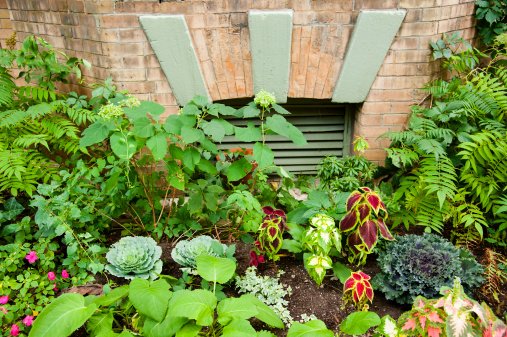How to Landscape a Small Area

There is a myth that gardens only look good if they are large in area or when you have ample space to decorate them. This observation is wrong as there are many ways through which you can decorate a small area or a courtyard. These small areas have a host of advantages. They are extremely easy to decorate and maintain as you can easily give time to a small place alone. You would not need a gardener to help your cause in this case. Try to decorate the area with lights, plants and different coloured flowers.
Instructions
-
1
Thoroughly assess the place
First of all, you must thoroughly assess the place you have so that you can consider any options for it. You must know the size of the place and you must have a sketch in mind on what you intend to do. Another important thing you need to do is to monitor the path of sunlight on the area so that you can grow plants accordingly. -
2
Plant carefully
You need to plant different herbs or trees carefully. There are many plants which grow quickly and other that need suitable sunlight and water. Some plants cannot be crowded in one place as it can affect their growth. So, keep all of these things in mind before you start to landscape. -
3
Use decent colours
Try to use the colours effectively throughout the area. You must remember that if you add too many colours in a small place, it will certainly take away the look of the garden. You can use flowers which are not bright or striking in colour. -
4
Effective lighting
You must use effective lighting throughout the area so that it gives a soothing and beautiful look. Try to decorate the sitting area in the garden with dull lighting and try to highlight sceneries and attractive corners. -
5
Focal point
Try to use a focal point to your garden area. This can be done by using a small fountain area, a bench or a decorative item that tends to catch attention.







